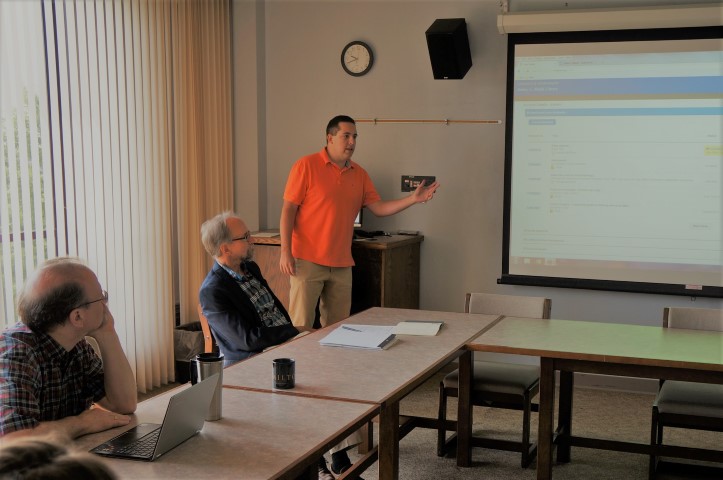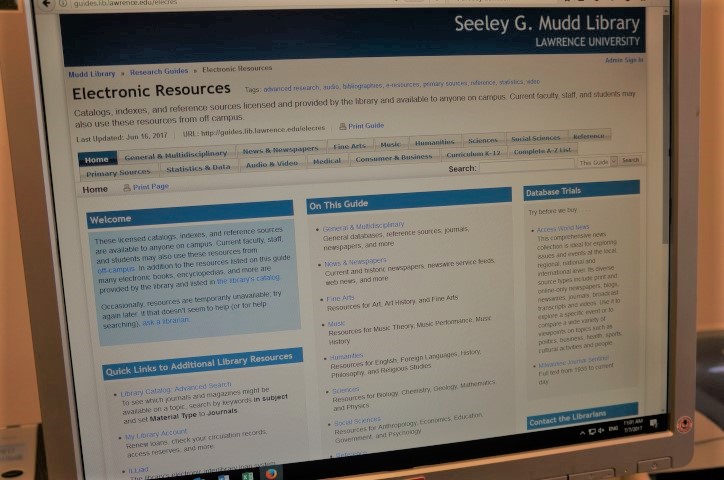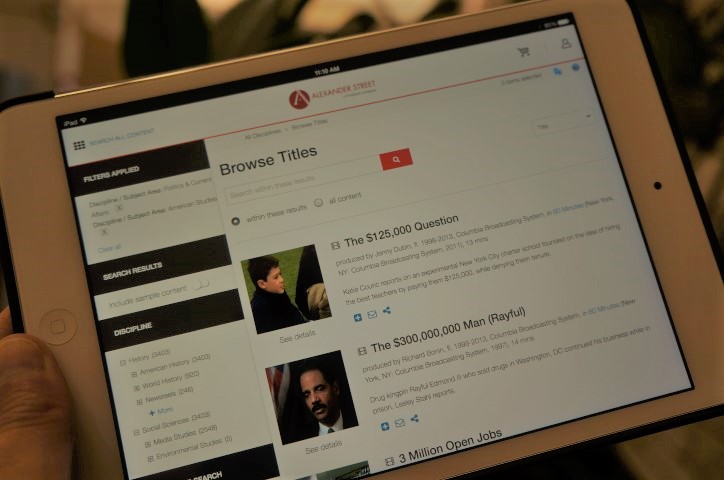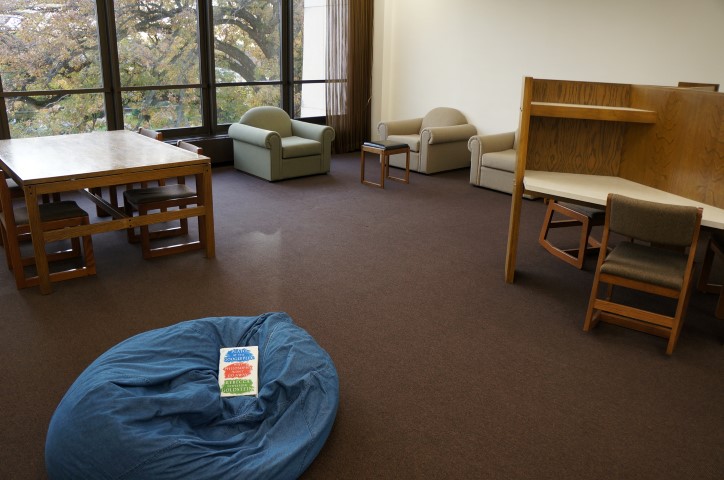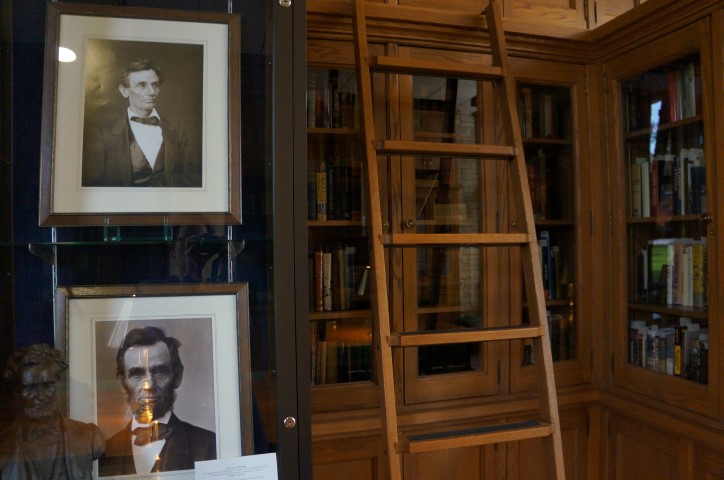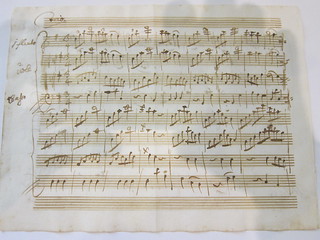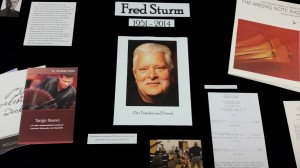
Editor’s note: We invited Lawrence alumni who have gone into library work to share with us what they do and how they got there. Here’s another in a series.
While a student at Lawrence, I worked in the music library under the supervision of faculty member, Paul Hollinger. At that time, it was a small collection housed in the conservatory, but we all ate up that collection like children in a candy store. Additionally, I was writing an honor’s thesis on Anna Bon, 18th-century composer and her flute sonatas, so I was getting a lot of library time both working in the library and doing extensive research myself. I studied flute with Ernestine Whitman, and both of us were very excited to be exploring Bon’s work. My advisor for the thesis was Professor Marjory Irvin, and she was the one who instilled my love of research, writing, and scholarly discussion. I came to love the hunt for information, and Professor Irvin helped me to understand that the process of research is often not a straight line from where you begin to where you finish, but that it is messy, that it is connected, that and it requires an ability to tolerate ambiguity. I think she was actually teaching me about life without me knowing it at the time!
Following Lawrence, I began graduate school in musicology. I had a teaching assistantship and was on the path to complete a PhD in musicology. To supplement my income, I also got a job in the music library helping with the copy cataloging of sound recordings. Before long I started appreciating the breadth of a typical day in the library. When I would visualize my life as a musicologist, I saw a tube that was somewhat narrow but tremendously deep. When I would visualize my life as a music librarian, the tube was much broader and offered exceptional breadth but not necessarily the depth of a teaching faculty member. I know it’s not that simplistic, but what I learned about myself, from my visualization of the two professions, is that I needed a career path that offered me a full span of knowledge and exploration. Essentially, I needed a big sandbox that included music, research, expansive learning and service, and the ability to influence the canon. It seemed that librarianship could be a viable profession that met the requirements.
In talking with a few librarians and exploring the job market, I decided to switch to the master’s in musicology, rather than the PhD, and apply for library school. I’ve never looked back. It’s been the perfect career choice for me. I work at the Oberlin Conservatory Library, and it is located on the campus of Oberlin College in Oberlin, Ohio. It was founded in 1865 and is the second oldest conservatory and oldest continually operating conservatory in the United States. Like Lawrence, Oberlin is a liberal arts college and conservatory of music, the best of both worlds! My daily work in the Oberlin Conservatory Library focuses on public services activities. I spend my days doing information literacy work, conducting research appointments as well as supervising the public services operations of our branch library. It’s a very busy library!
After spending a great deal of time thinking about breadth and depth, my thoughts have changed. My work as a music librarian has afforded me the opportunity to become moderately knowledgeable across a domain, and deeply knowledgeable within a strand of that domain. It has been a profession with a continual learning curve as technology advances and changes. While at times it feels somewhat overwhelming, I appreciate the constant challenge that comes with an ever-changing landscape. I remind myself that I did ask for a large sandbox!
I have thoroughly enjoyed meeting and working with a wide range of musicians and scholars ranging from the undergraduates in the conservatory to the budding rap artist to the chorus member in the Metropolitan Opera to the seasoned soloist who is looking for a bit of information for their award-winning CD.
Librarianship is a meaningful profession that has given me tremendous opportunities, intellectual growth, and created a framework for my professional life. That care started at Lawrence where I was a first-generation college student who needed mentoring and guidance, and Lawrence took great care to develop me as a leader despite me coming from an economically-disadvantaged family. That spirit of support helped me to identify that I too wanted to further social justice in my library and research work. It started with Professor Irvin introducing me to music by women composers. Since that time, my path has taken me through the creation of a large folksong database, co-created with the journal, SingOut!, that indexes anthologies of folksong collections, publishing two reference books on African-American spirituals, and I’m working on a third.
I feel blessed that I had the faculty trifecta of Paul Hollinger, Ernestine Whitman, and Marjory Irvin along with Dean Colin Murdoch to launch me on my way and teach me, in the Lawrence way, to engage, develop multiple interests, and give back to my community.
By Kathy Abromeit, Class of 1985
You can read Kathy’s honor’s project in Lux, our institutional repository.
Save
